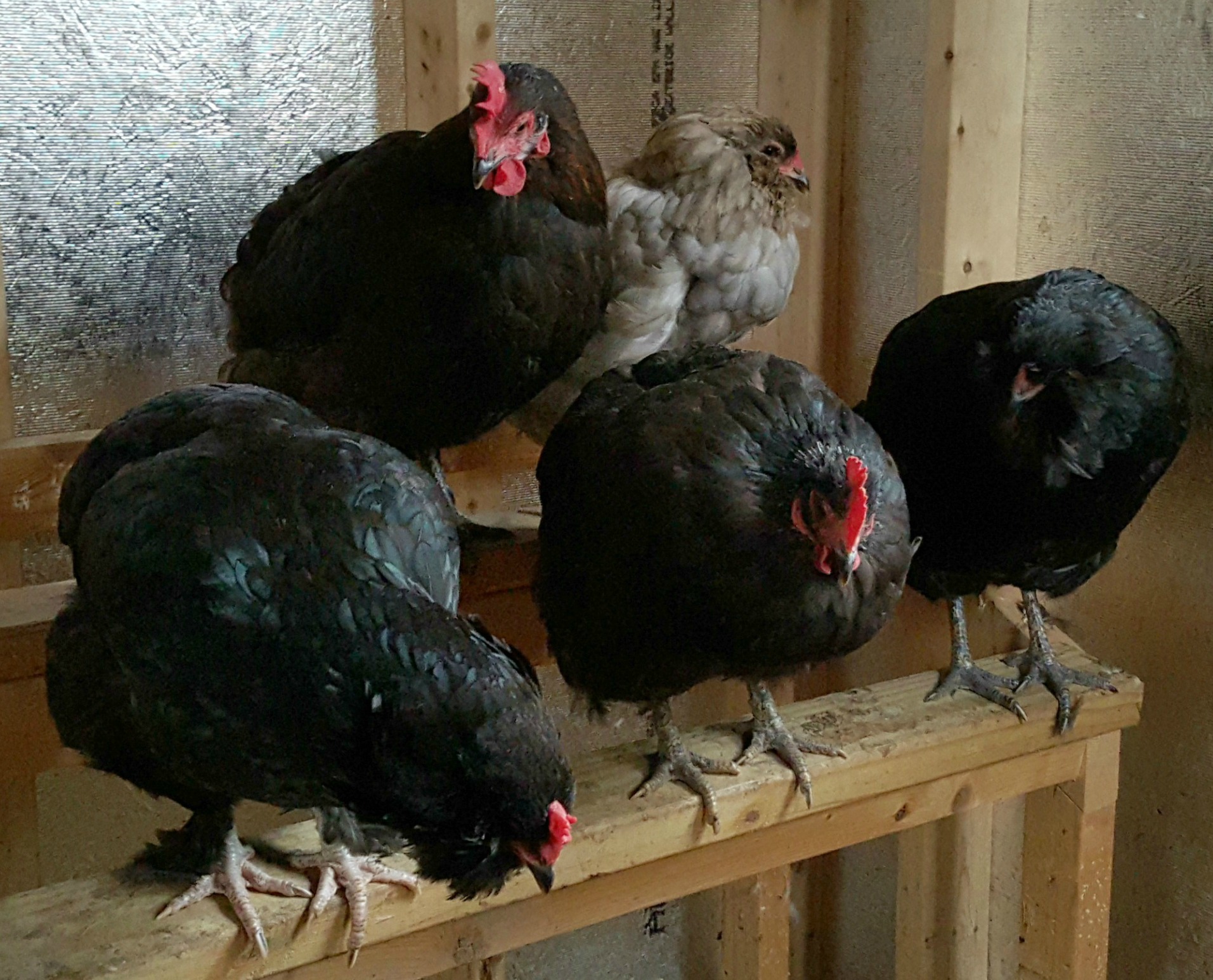There is no one “perfect” chicken coop design for a small backyard flock, but whether you are building your own coop, repurposing a garden shed or kids’ playhouse, or shopping for a pre-made structure, there are several things to look for and take into consideration when making your choice.
First and foremost, a chicken coop needs to be functional and secure to keep your chickens healthy and safe from predators, but there are some other features that all good coops share.
SIZE
Allow for 3 to 4 square feet of interior floor space per hen, dependent on the breeds you plan to raise. Bantams need less space, larger breeds like Brahmas or Jersey Giants need more. Be sure to consider the size of the flock you eventually plan on raising, since it’s easier to build (or buy) big in the beginning than to try to add on later. Read more about the best chicken breeds for your backyard.
ELEVATION
Raised coops are more secure than coops built right on the ground (unless you set your coop on concrete) because that will prevent predators from digging underneath to try to get in to the coop and keep a wooden floor from rotting. A raised coop will provide your chickens shelter from the summer sun and from the rain and snow in the winter. Raising the coop up at least 8 to 12 inches on wooden legs or cement blocks is high enough that the chickens can easily fit underneath. If you free range your chickens, they can hide from hawks and other aerial predators underneath a raised coop.
FLOORING
Cement or concrete is the most secure flooring for a coop, but can be expensive. Dirt floors are easily breached by predators. Wooden floors are the most common. Covering a wooden floor with inexpensive vinyl flooring makes for easy cleanup and will prevent poultry mites from burrowing into the flooring.

ROOSTS
Rule of thumb is to allow 8” of roosting bar per hen. Since chickens prefer to sleep flat-footed, not gripping a bar like wild birds, using two-by-fours with the 4-inch side facing up works well. The flat side helps keep the chickens’ feet warm and protected from frostbite under their bodies in the winter.
NESTING BOXES
Plan on providing one nesting box for every three to four laying hens, but don’t be surprised if your hens all share the same box. Boxes can be wooden, plastic or metal and should be 12 to 14 inches square and be positioned lower than your roosts to deter sleeping in them - which can lead to dirty eggs. Plastic pails or totes, wine barrels or wooden crates can all be up-cycled and used as nests. Commercial boxes are also available and can be installed in a coop you built yourself or a shed you want to re-purpose. Whatever you choose to use for nesting boxes, they should be filled with nice soft bedding. Pine shavings or chopped straw both work well. Curtains are optional!

VENTILATION
Good ventilation is very important year round in a chicken coop, and vents should be situated higher than the chickens heads when they sleep to prevent drafts. Windows and vents all need to be covered with 1/4” or 1/2” hardware cloth to keep predators out. A good rule of thumb is for 1/5 of the total wall area of your coop be windows or vents.
LATCHES
Coop doors and nesting box covers need secure latches. Raccoons can turn knobs, lift latches and slide deadbolts, so a latch with a carabiner or a spring-loaded eye hook is better for predator-proofing.
LOCATION
If your coop is going to be stationary (versus a movable tractor-type coop) then location is very important. In warm climates, you’ll want to situate your coop in the shade. If you live in a northern climate, then locating your coop in the sun will be more beneficial. Also consider how far your coop will be located from the house and also from a water source.
By taking these factors into consideration when choosing a coop, you should find yourself with a very functional coop that you (and your chickens) are satisfied with for years to come.
See more about how to build a chicken coop.

 TABLE OF CONTENTS GOES HERE
TABLE OF CONTENTS GOES HERE










